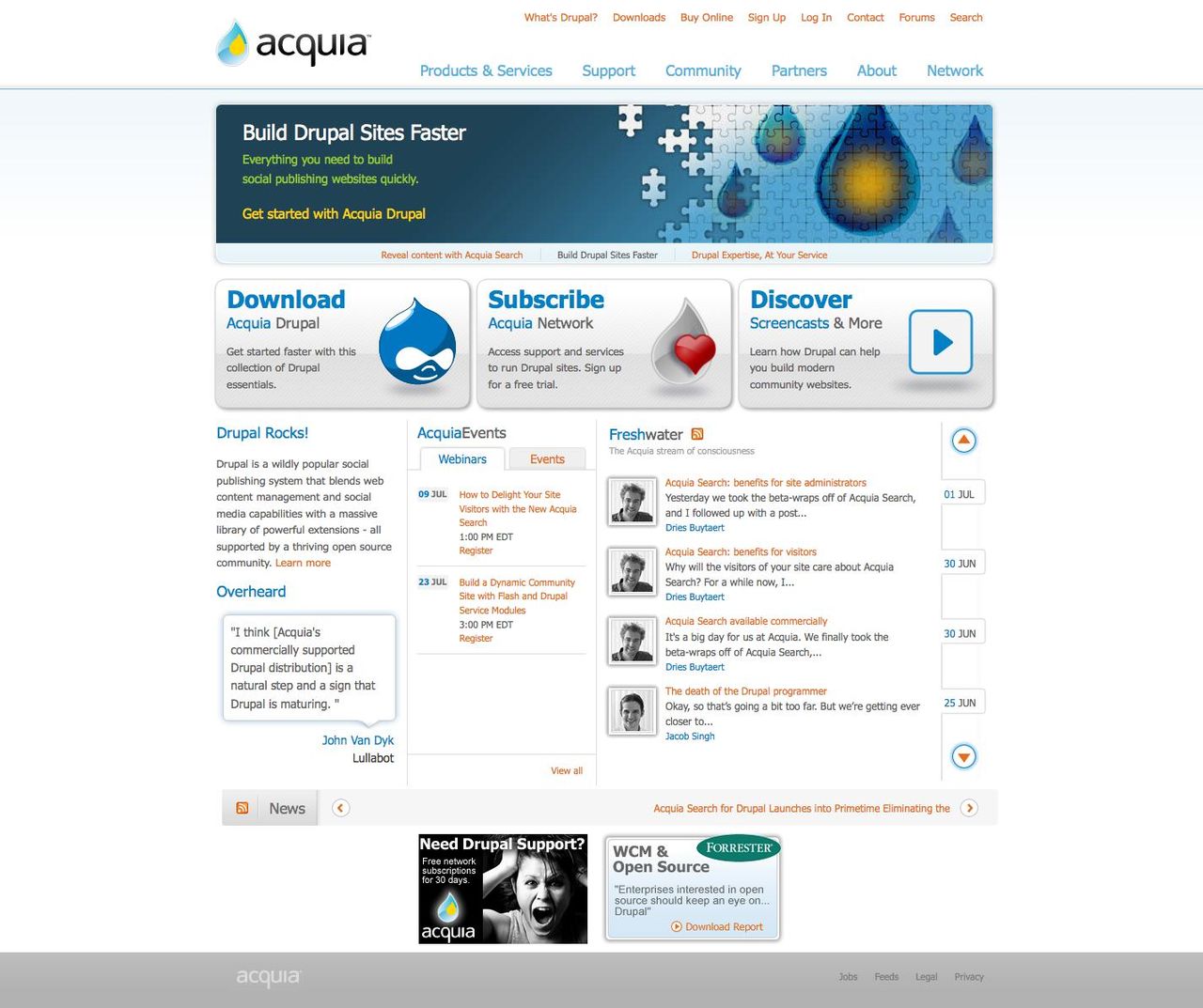 When it comes to measuring the success of your website, there are several metrics to consider. One important metric is bounce rate, which measures the percentage of visitors who leave your site after only viewing the page they landed on. But what exactly is considered a good bounce rate, and how can you improve it?
When it comes to measuring the success of your website, there are several metrics to consider. One important metric is bounce rate, which measures the percentage of visitors who leave your site after only viewing the page they landed on. But what exactly is considered a good bounce rate, and how can you improve it?
Bounce rate is calculated by dividing the number of single-page sessions on your website by the total number of sessions, and then multiplying it by 100 to get the percentage. A single-page session occurs when a visitor lands on a page on your site and then leaves without visiting any other pages.
So, what is considered a good bounce rate? While bounce rates can vary depending on the type of website and industry, there are some general guidelines to keep in mind. A bounce rate between 26% and 40% is considered excellent, 41% to 55% is average, and anything over 70% is considered high. However, it’s essential to consider the context of your website and industry when evaluating your bounce rate.
Several factors can influence bounce rate. One of the most significant factors is website design. If your website is poorly designed and difficult to navigate, visitors may leave without finding what they are looking for. Additionally, slow page load speeds can frustrate visitors and cause them to leave before engaging with any other content. The relevance of your website’s content also plays a role in bounce rate. If the content does not match what visitors are looking for, they are more likely to bounce away. Finally, user experience is crucial in reducing bounce rates. A positive user experience, including easy navigation, clear calls-to-action, and mobile responsiveness, can help keep visitors engaged.
If you have a high bounce rate and want to improve it, there are several strategies you can implement. First, focus on improving your website design. Make sure it is visually appealing, easy to navigate, and user-friendly. Break up content with clear headings, bullet points, and visuals to make it easier for visitors to consume. Next, optimize your page load speed by optimizing images, minimizing HTTP requests, and leveraging browser caching. A faster website will provide a better user experience and reduce bounce rates. Additionally, create relevant and engaging content that provides value to your target audience. Use captivating headlines, images, and videos to capture visitors’ attention and keep them on your site longer. Lastly, improve the overall user experience by optimizing your website for mobile devices, improving site navigation, and making it easy for visitors to find what they are looking for.
In conclusion, bounce rate is an essential metric that can provide valuable insights into how visitors are interacting with your website. By understanding what bounce rate is, how it is calculated, and what factors influence it, you can take steps to improve it and create a more engaging user experience for your visitors. Remember that while a good bounce rate is important, it’s equally important to consider other metrics and factors when evaluating the overall performance of your website. By implementing strategies to improve bounce rate, you can increase visitor engagement, drive conversions, and ultimately achieve your business goals.
